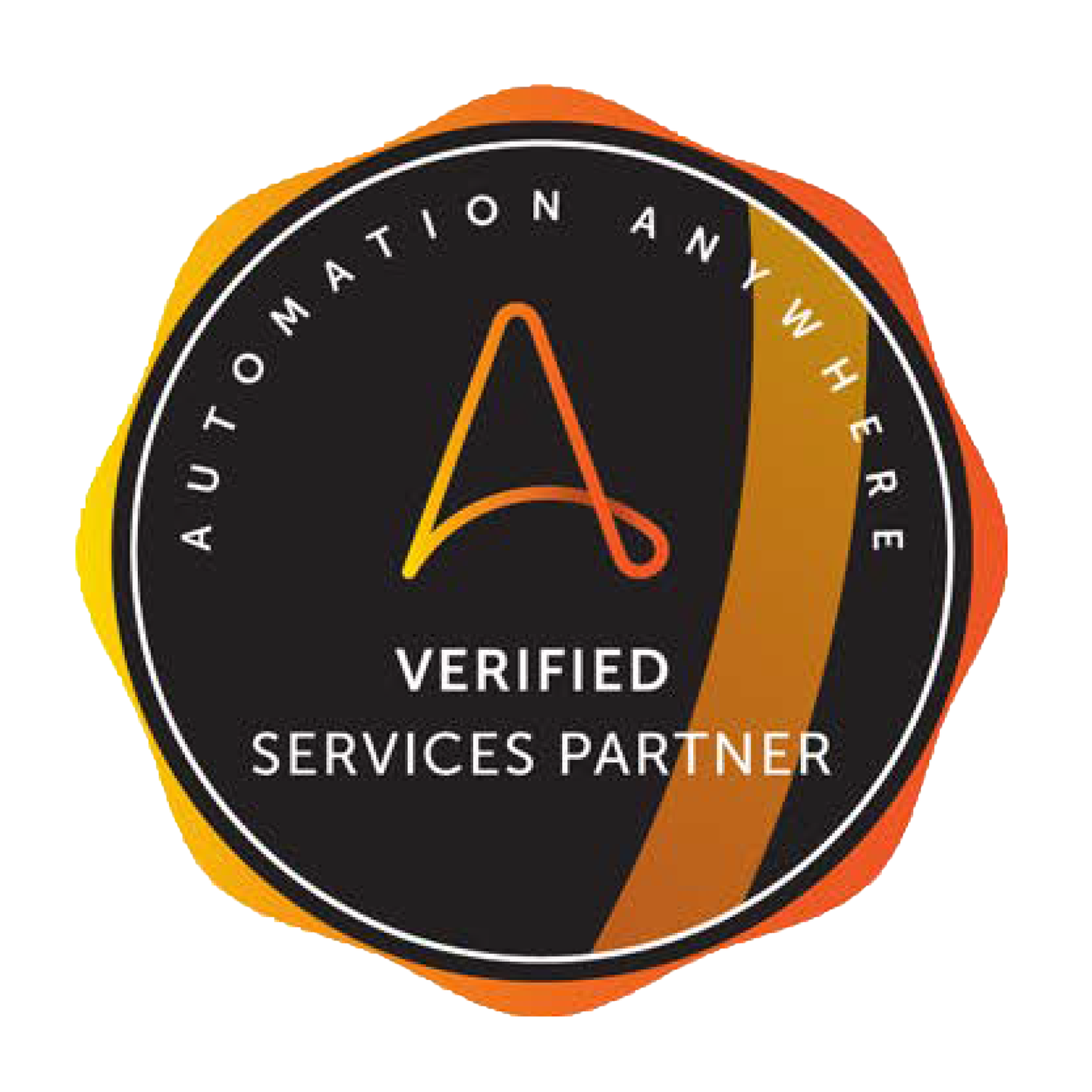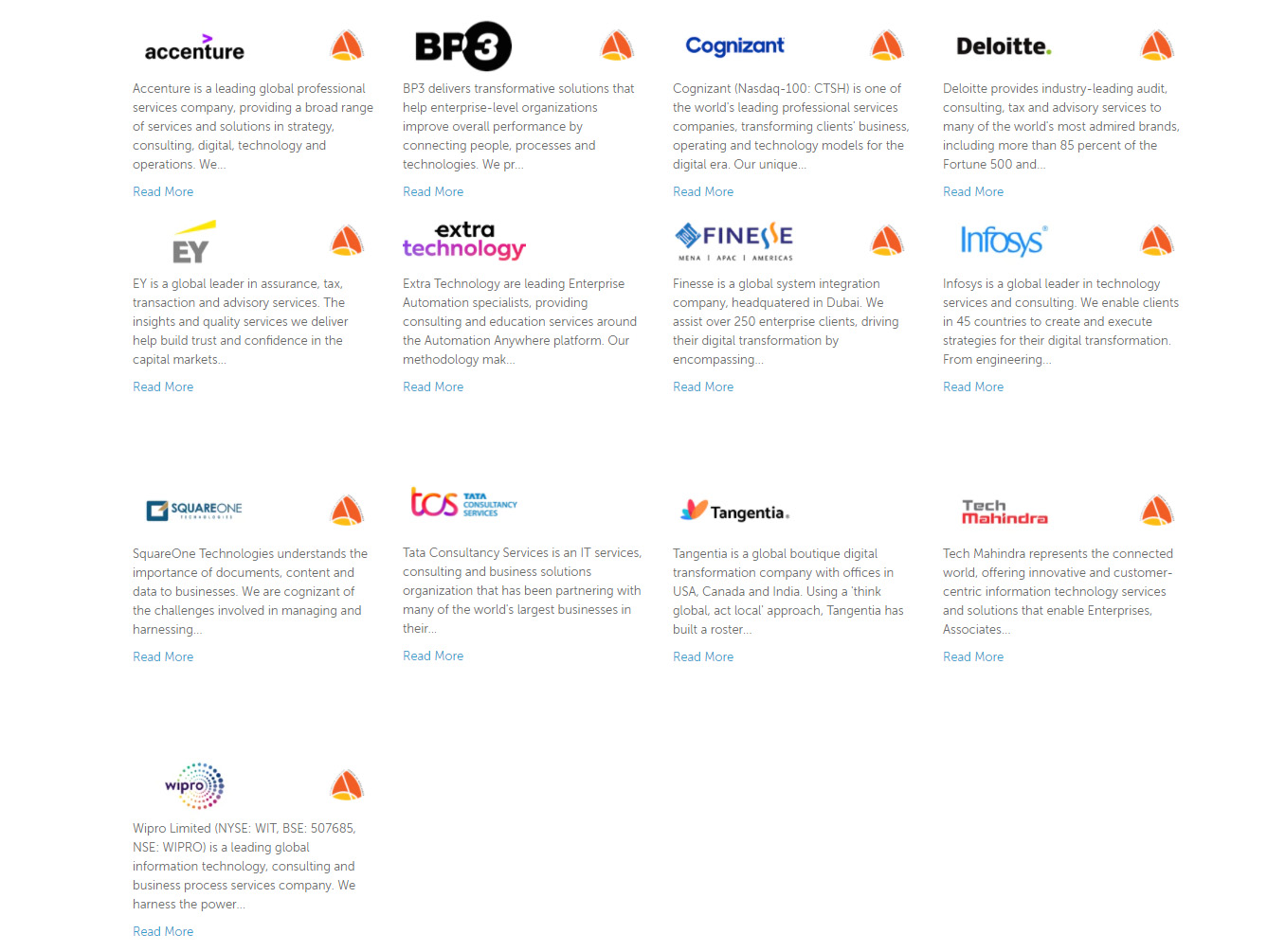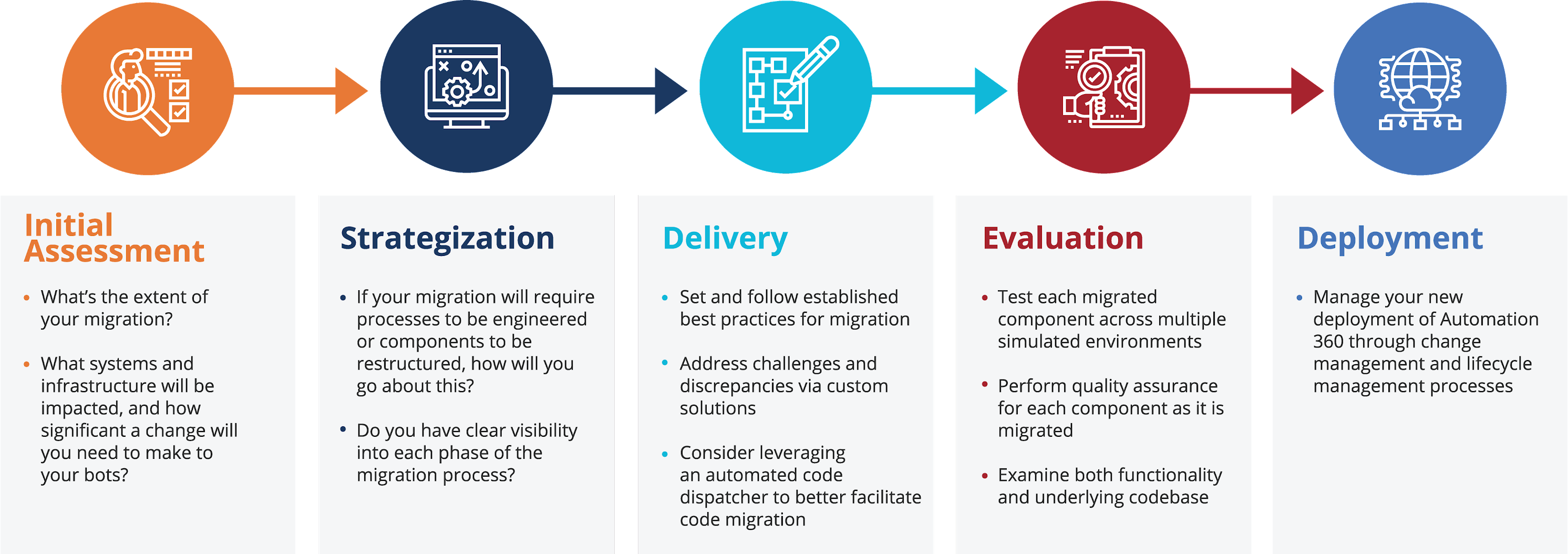Robotic Process Automation (RPA) is one of the most advanced technologies available to businesses today. It is designed to help businesses automate processes to bring about greater efficiency and productivity at significant cost savings. As such, it might not sound like technology small/medium businesses (SMBs), or startups, would be wise to invest in. As it turns out, this couldn’t be further from the truth.
However, before we get into why RPA is beneficial to SMBs and startups, it is important to have an understanding of what RPA can do.
What is RPA?
RPA is a type of software that uses bots to perform repetitive tasks and processes. These are tasks and processes that take a significant amount of time and are tedious for human workers to complete. They are also prone to error when performed by humans.
Automating these types of tasks ensures they are done in mere seconds or minutes, instead of hours, and they are completed with a high degree of accuracy. Examples of tasks and processes that can be automated include:
- Customer onboarding
- Employee onboarding
- Accounts payable
- Customer queries
- Data management
- Payroll management
When it comes to SMBs and startups, these processes don’t necessarily put a great strain on the human workers of the company. However, RPA is still extremely beneficial when implemented at this early stage in a company’s evolution.
Why RPA for SMBs and startups?
RPA has the ability to empower SMBs and startups right from their earliest days. This is an ideal situation, primarily because it is far easier to implement RPA in a smaller business than in a larger enterprise. There are several reasons for this, including the fact that SMBs and startups:
- Are less likely to have legacy systems and are most likely already operating on the cloud
- Will have fewer employees that need to adjust to or may resist automation
- Will have employees that have greater familiarity with multiple business processes more so than their counterparts in larger organizations
- Will have fewer departments, making it easier to manage operations and automate processes across the company
In addition to the ease with which RPA can be implemented in a SMB or startup, there are several impressive benefits these smaller companies can enjoy.
How RPA benefits SMBs and startups
Though they are smaller and often less complex than large enterprises, SMBs and startups can benefit greatly from the implementation of RPA. The benefits reach across the organization and include the following:
Happier employees
In smaller companies, employees have a particularly great opportunity to get in on the ground floor as it were and really contribute to the innovation and creativity that will drive company growth. But they can only do this if they are free from the tedious tasks that can easily be automated. When employees can contribute work of value, they are happier and more invested.
Happier customers
Automated customer communications ensure that customers can have their queries answered quickly, at any time of day, and through the channel of their choice. This frees up employees so they can respond to the most pressing customer issues, those that can’t be managed via automation. This results in improved customer relations.
Happier vendors
With automated invoice management, you can rest assured that your vendor invoices will be paid on time, every time—they may even be paid early. This will allow you to avoid late payment fees, but more importantly, it will ensure your vendors are happy to continue doing business with you.
Easier management
Invoice management is just the tip of the iceberg. RPA makes it possible to automate the management of partners, purchase orders, IT and onsite facilities, streamlining processes and improving productivity and efficiency across your organization.
Easy scalability
When you have a startup or SMB, you want to see it grow and flourish. RPA can easily scale to meet the growing demands of your business, without you having to radically increase your costs to keep up. It can also help you respond to real-time fluctuations within your industry, keeping stride with the unpredictable.
Reduced operational costs
RPA minimizes the need for hiring additional employees to perform repetitive tasks. Fewer employees mean reduced operational costs, which is particularly helpful for a business that is just getting off the ground.
Increased competitiveness
This may be the greatest benefit of RPA for SMBs and startups—the ability to compete on a global scale against enterprises in the same industry. Because automation lowers operational costs and increases efficiency and productivity, it significantly levels the playing field for smaller businesses.
Take Advantage of RPA for Your SMB or Startup
The time to implement RPA is now. This will ensure your automation initiative can grow in step with your company, allowing you to become a driving force within your industry.
Reach out to Tangentia and discover how we can help you develop and implement a customized RPA solution that will suit the needs of your business.





























